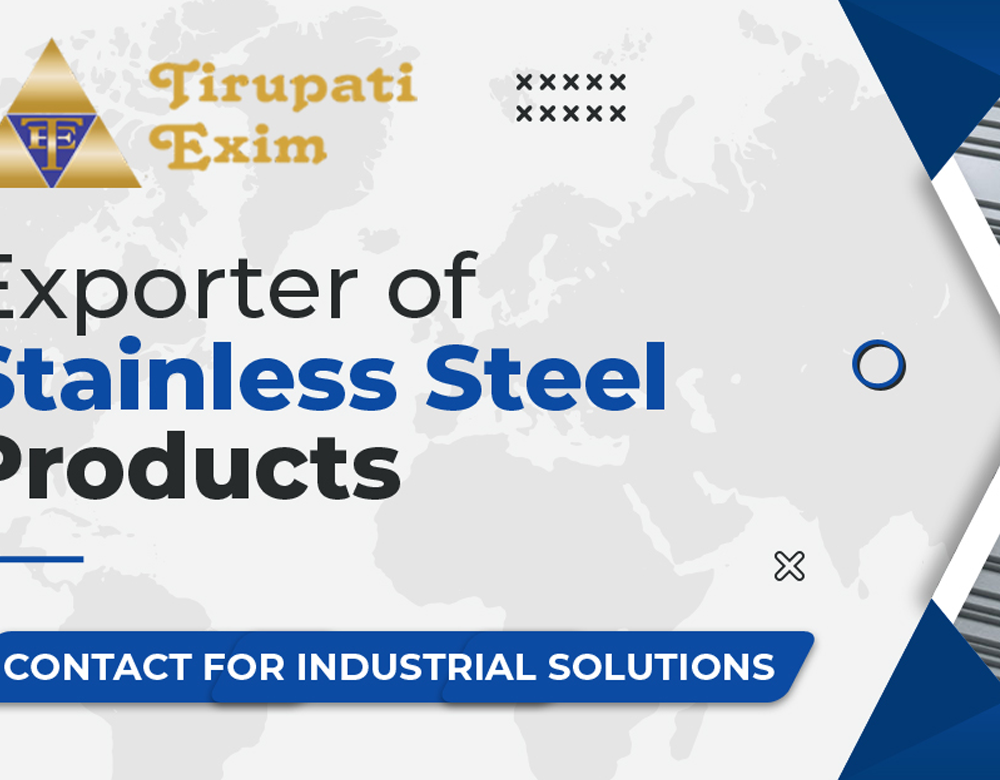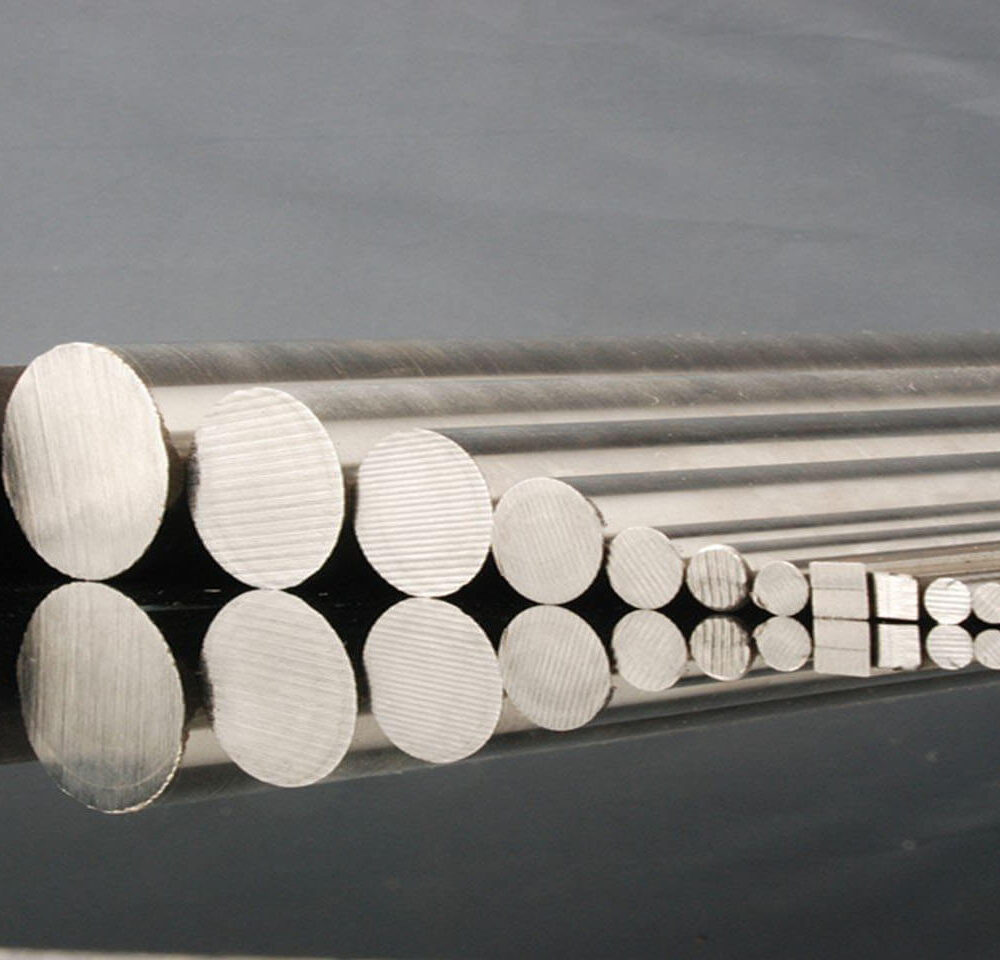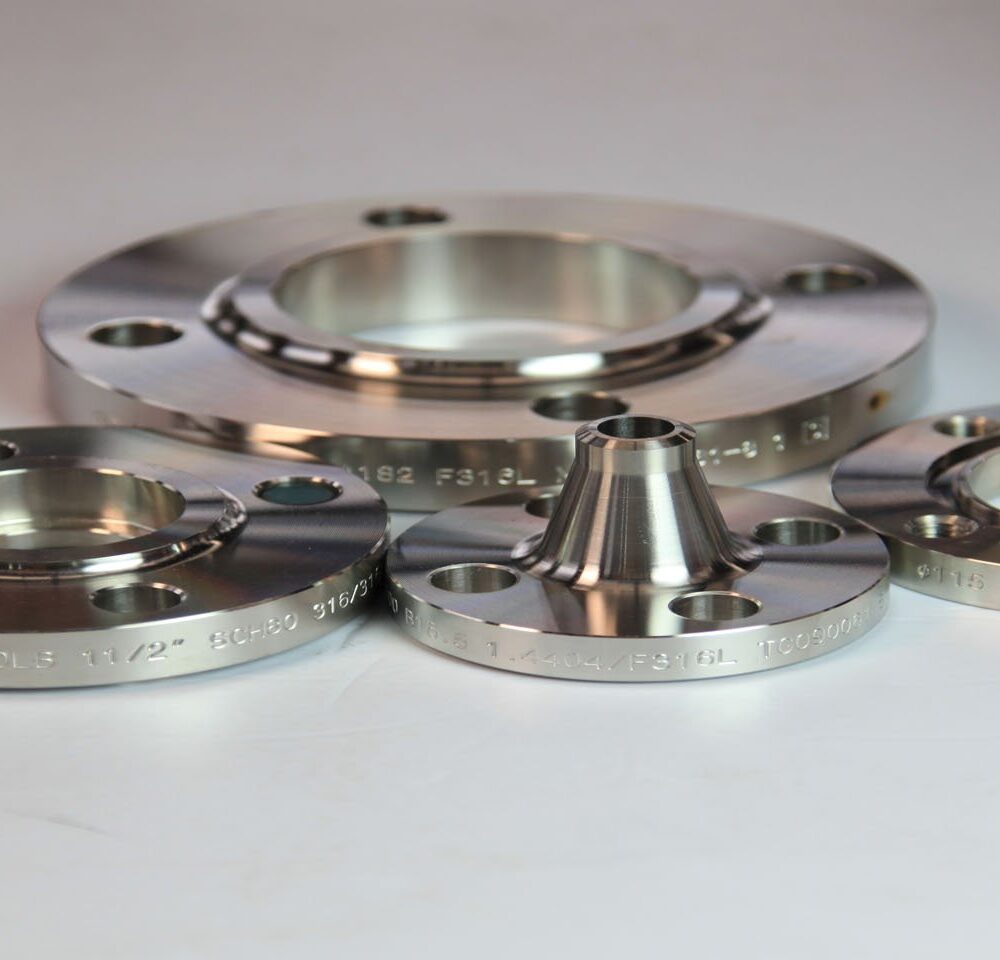Authorised Dealer Stockist Trader & Exporter of JSL
What is stainless steel?
Stainless steel is an iron alloy, containing a minimum of 10.5% chromium. Although grades such as 304 and 430 are popular grades, the term ‘stainless steel’ covers a wide variety of metals, each enhanced with various alloying elements to give specific properties such as increased corrosion resistance or improved strength. Tirupati Exim, an authorized dealer stockiest trader & exporter of jsl provides with premium quality stainless steel of various grades.
Stainless steel has become very popular due to its relatively low cost, aesthetic appearance, high corrosion resistance and low maintenance.
What makes it stainless?
The chromium in the stainless steel reacts with the oxygen in the air creating a very thin, protective chromium oxide layer on the surface of the metal. This layer is not visible to the naked eye and protects the surface from corrosion. The layer can be damaged by scratches and sustained exposure to aggressive chemicals, however, because the layer is formed by the reaction of the chromium with air, when the surface is suitably cleaned, the protective chromium oxide layer self-repairs to continue to protect the steel.
The word stainless steel does not mean that it never gets the stain, however the probability of having stain is much lesser and very rare.
Recyclability
The steel is a 100% recyclable metal due to the relative ease of extraction of its main alloys – chromium, iron, nickel etc. Using recycled metal is a much cheaper process than producing stainless steel from new raw materials and so it is much more cost effective for manufacturers to use recycled metal as much as possible. In addition to the cost benefits of using recycled metal, the CO2 emissions produced from recycling are much less than those produced from manufacturing from new.
Stainless Steel 304 & 304L
Stainless steel 304 and Stainless steel 304L are also known as stainless steel 1.4301 and 1.307 respectively. Type 304 is the most versatile and widely used stainless steel. It is still sometimes referred to by its old name 18/8 which is derived from the nominal composition of type 304 being 18% chromium and 8% nickel. Type 304 stainless steel is an austenitic grade that can be severely deep drawn. This property has resulted in 304 being the dominant grade used in applications like sinks and saucepans.
Type 304L is the low-carbon version of 304. It is used in heavy gauge components for improved weldability. Some products such as plate and pipe may be available as “dual certified” material that meets the criteria for both 304 and 304L. 304H, a high carbon content variant, is also available for use at high temperatures. Property given in this data sheet is typical for flat-rolled products covered by ASTM A240/A240M. It is reasonable to expect specifications in these standards to be similar but not necessarily identical to those given in this datasheet.
Application
- Saucepans
- Springs, screws, nuts & bolts
- Sinks & splash backs
- Architectural panelling
- Tubing
- Brewery, food, dairy and pharmaceutical production equipment
- Sanitary ware and troughs
- Cutlery and flatware
Corrosion Resistance
304 has excellent corrosion resistance in many environments and when in contact with different corrosive media. Pitting and crevice corrosion can occur in environments containing chlorides. Stress corrosion cracking can occur above 60°C.






